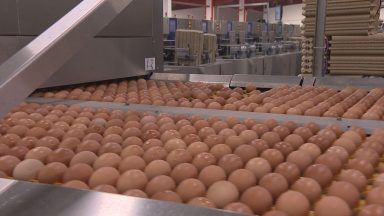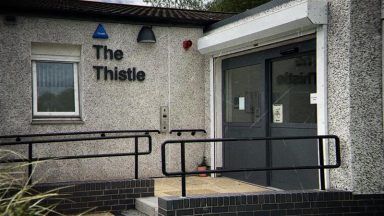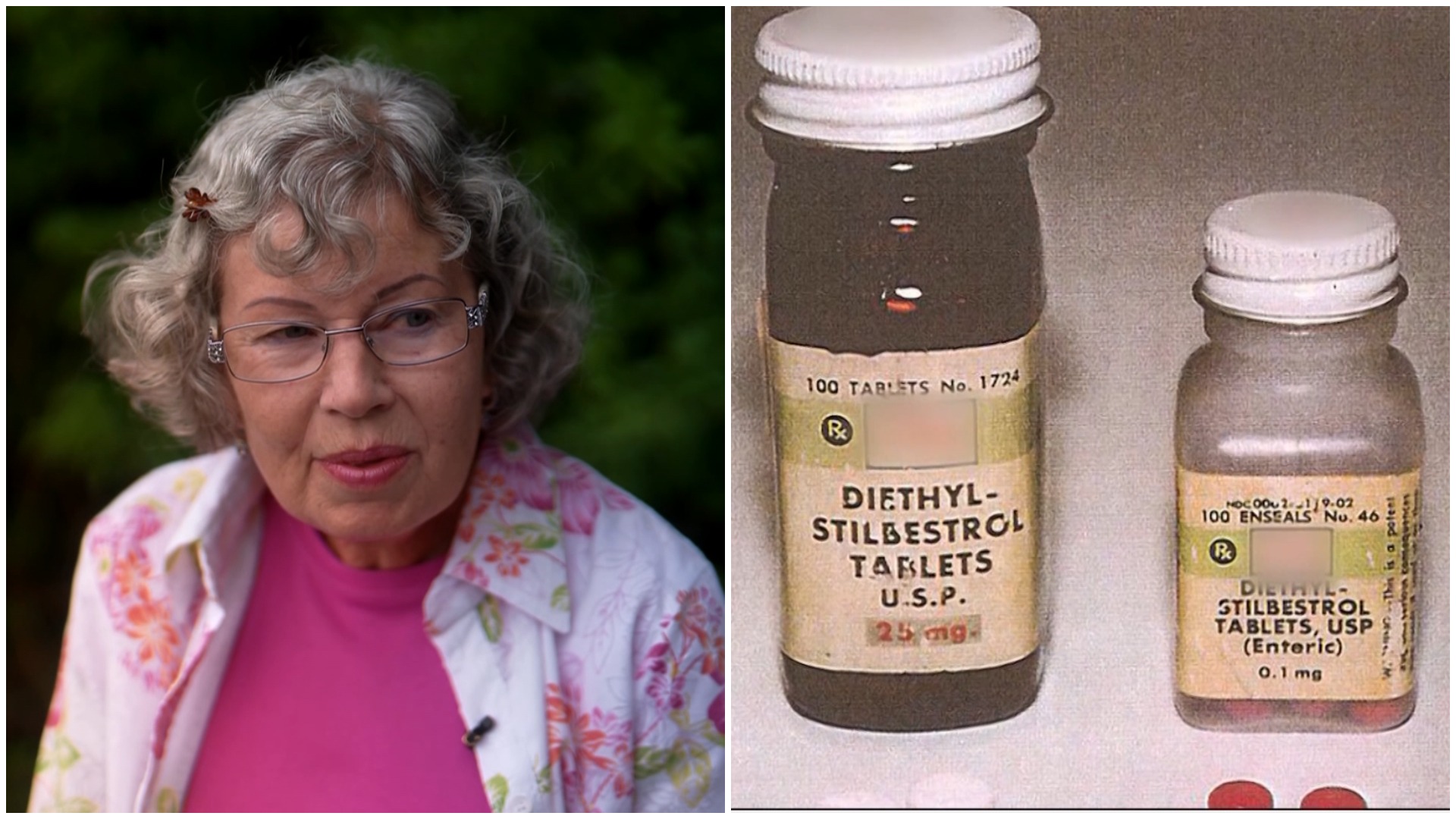The great-granddaughter of a man who helped build a Victorian aqueduct has welcomed a £20m upgrade of the megastructure.
The Katrine Aqueduct in the Trossachs was built in 1859 and today serves more than 1.3 million people in Greater Glasgow and the central belt.
A second aqueduct was built between 1885 and 1901 to accommodate the rapid expansion of Glasgow in the late 19th century.
Together they take water from Loch Katrine and use gravity, with no need for pumping, to transport it to Milngavie and Balmore Water Treatment Works north of Glasgow.
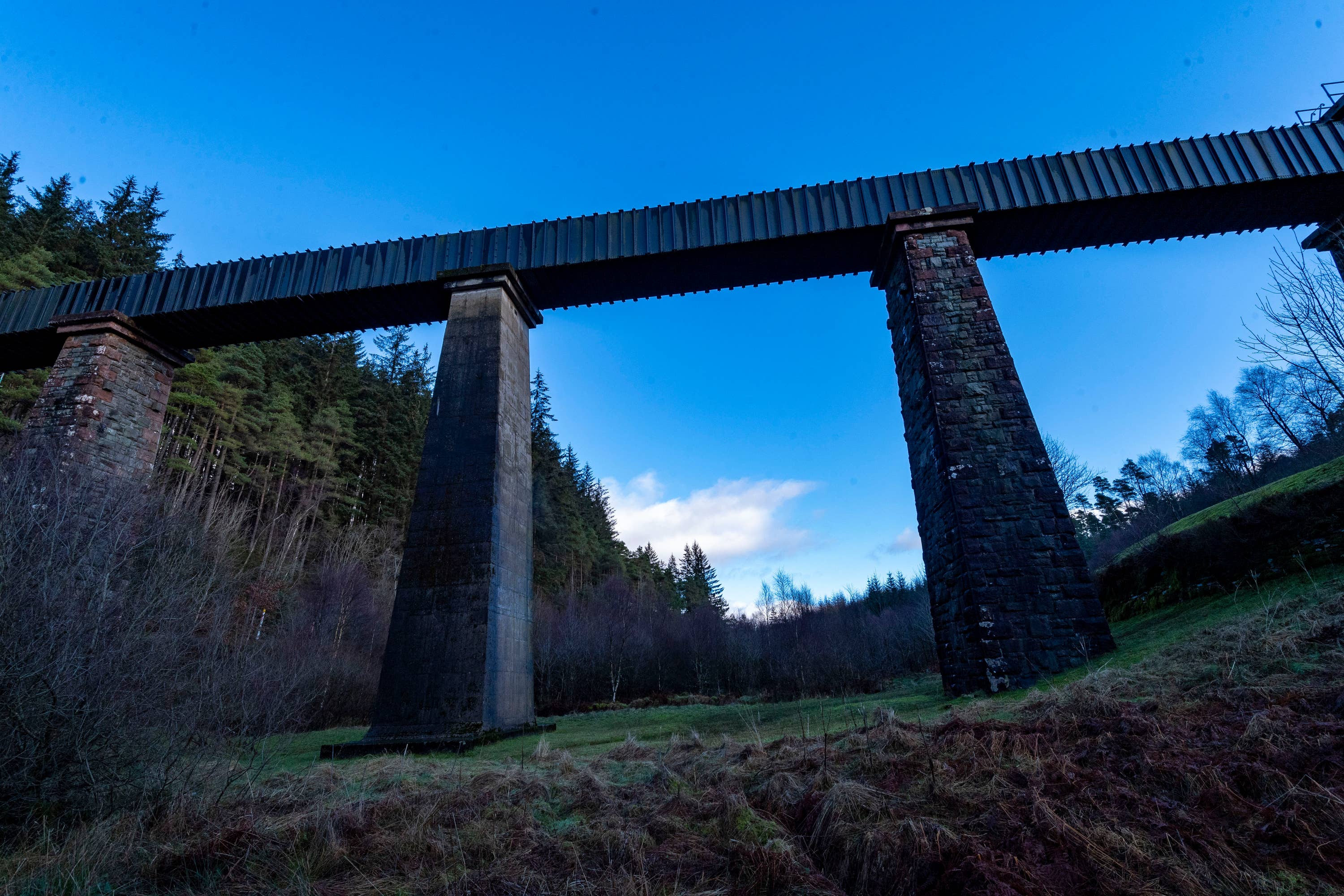 PA Wire
PA WireAfter learning about the aqueduct on a television documentary, Aileen Kerr contacted Scottish Water and revealed that her great-grandfather, James Savage, was one of the 3000 workers who built it.
Mr Savage was an Irish farm servant working in Dumfriesshire who moved to Milngavie between 1881 and 1890 and worked on the second aqueduct until 1901.
Ms Kerr, from Troon in South Ayrshire, said: “It was amazing how the aqueduct was built without the sort of equipment and safety precautions we would have nowadays.
“The fact that it is still operational is a testament to everyone involved in its construction, including my great-grandfather, and it’s good to hear of the completion of this recent improvement work by Scottish Water to enable the aqueduct to continue to provide so many people with water.”
The original aqueduct includes tunnels through mountainous terrain in the shadow of Ben Lomond and bridges over the valleys of the Duchray, Endrick and Blane watercourses. It was built to provide Glasgow with its first proper water supply.
Scottish Water’s refurbishment was carried out by a team of around 35 workers over the past two years, with a three-month break due to the Covid-19 pandemic.
A total of 17 miles of tunnel sections had concrete and masonry repairs and 10 bridge sections underwent masonry and metalwork repairs.
The water treatment facilities supplied by the aqueduct treat about 550m litres of water every day.
David Wilkinson, Scottish Water’s senior project manager, said the refurbishment will “help maintain the legacy of our Victorian forefathers” who built the aqueduct.
He added: “All of the team feel privileged to have been involved in such a unique project. We all felt a degree of responsibility for making sure that the full scope of remedial work was delivered, and that it was done to the high standards set by the Victorian engineers.”
Follow STV News on WhatsApp
Scan the QR code on your mobile device for all the latest news from around the country


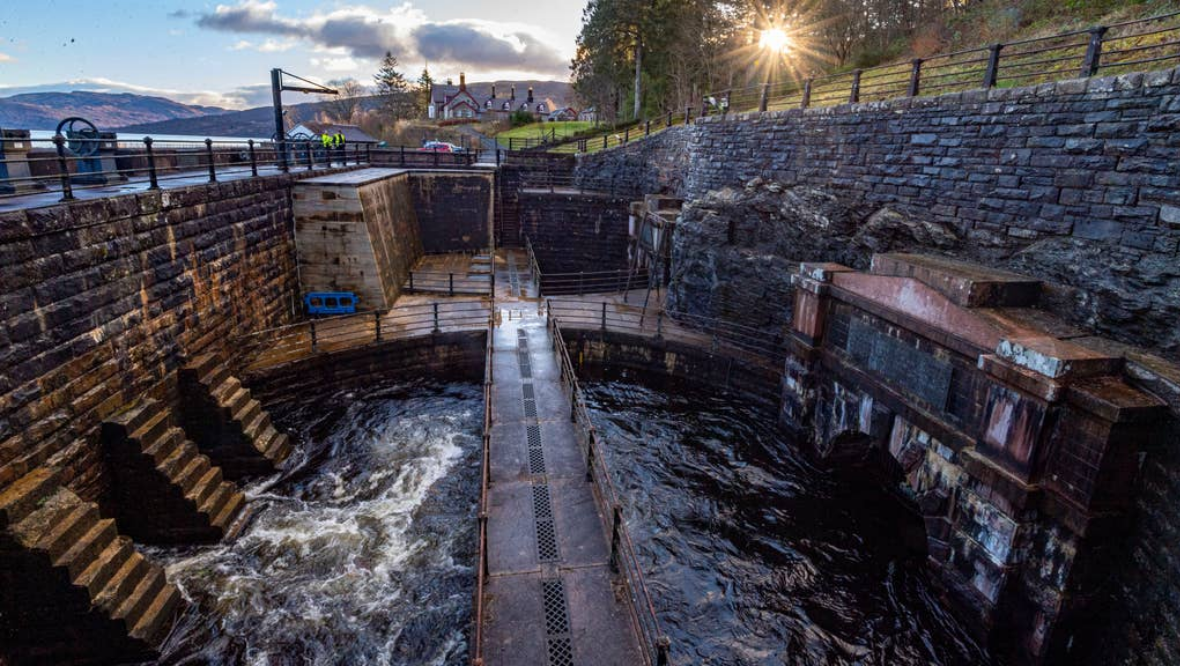 PA Wire
PA Wire




